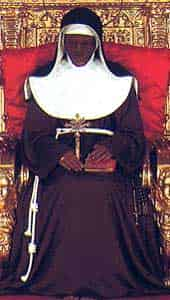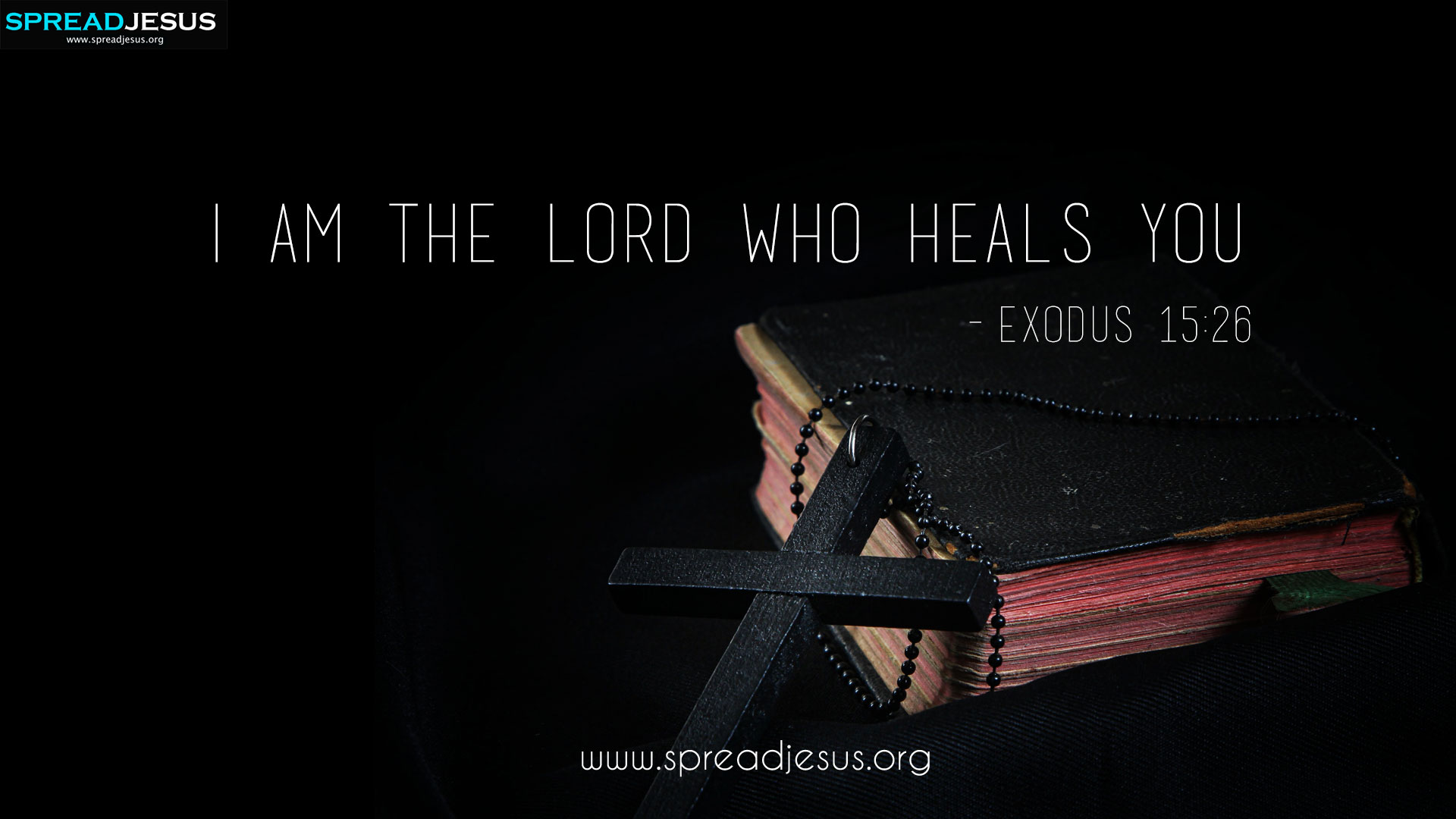Archbishop of Armagh, Apostle of Ireland, one of the three patron saints of Ireland (with Brigid and Columba) and patron saint of Nigeria
CATHOLIC SAINTS 28-12-2023, 19:41
Feast Day : March 17
Patronage: engineers; excluded people; fear of snakes; against snakes and snake bites; Ireland; Nigeria
Name meaning: warlike (Succat), noble (Patricius)
Also known as: Maewyn Succat, Magonus Sucatus; Patricius
Ireland’s greatest saint was not Irish at all but a Roman Briton, born ca. 389 in the little village of Bannaventa or Bannavem Taberniae and christened Patricius. His father Calpurnius was a Roman citizen, decurion and municipal official. He was also a Christian deacon. Patricius’s grandfather, Potitus, was a Christian priest. By the fifth century, Rome paid scant attention to the security of Britain, at the margins of the empire, leaving the terrified citizens easy prey for Irish slavers. In 405, at age 16, Patricius was kidnapped into slavery in a raid on several western coastal villages. Although accounts differ as to whether Patricius served a lord near the forest of Fochlat in Connaught or was enslaved to a minor king, Miliucc, in Antrim, Patricius spent the next six years tending sheep and pigs. Although he had ignored his Christian background as a youth, now he had no other companions but the Lord and began praying day and night, hoping to escape. One night he heard voices in his dreams say that his hungers would be rewarded, and that he would soon return home. Startled awake, Patricius heard the voice continue, “Behold, thy ship is ready,” and he left immediately. Such an escape seemed impossible. Patricius was about 200 miles inland from any seaport, he had no money, he risked apprehension and punishment, and he didn’t really know where he was going. But he put his faith in God and reached the coast without incident, finding a trading vessel ready to sail for the continent loaded with a cargo of Irish wolfhounds. At first the captain curtly refused his request for passage, but when Patricius left, praying for deliverance, members of the ship’s crew called him back, saying the captain had relented. The Irish sailors even offered to let Patricius suck their breast nipples (a sign of friendship), but he demurred. The voyage lasted only three days, but the ship landed on a desert coast where the men and dogs wandered, starving, for nearly a month. Although there is no desert in Europe, if the ship arrived not long after the barbarian German raids, the countryside would have been devastated. The hungry crew taunted Patricius, saying that if his God were so powerful, why were they starving and alone? Patricius calmly answered that they should trust in the Lord, for whom all is possible, and He would provide. Just at that moment a herd of pigs appeared, and both men and dogs could eat their fill. Patricius eventually made it to Gaul, on the coast of Provence, where he spent about three years at the monastery on the island of Lérins, near Cannes. Finally he returned to Britain in 412–415, where his relatives welcomed him and implored him to remain. But Patricius, no longer a carefree teenager, was restless. One night he dreamed that a man of his acquaintance, Victoricus, handed him a bundle of letters. One was addressed to Vox Hiberionacum, the “Voice of the Irish.” As Patricius read the letters in his dream, he heard a multitude of voices, which he identified as the people of the forest of Fochlat, crying, “We pray thee, holy youth, to come and again walk amongst us as before.” Patricius awoke, determined to return to Ireland and bring Christianity to a people described as living at the edge of the world. Taking the Irish form “Patrick,” he left for Gaul to study and prepare for his life as a missionary. Patrick was the first real missionary since Paul. As Christianity became synonymous with Rome, it hardly occurred to the Roman Church to expand beyond the reaches of the empire—anything outside was uneducated, threatening, even monstrous. But Patrick had no fear, just shame at his lack of education. He spent several years studying theology under St. Germanus at Auxerre, where he was ordained deacon. In 429, Pope St. Celestine I (r. 422–432) became concerned about the spread of the Pelagian heresy in Ireland, and he appointed deacon Palladius—who had fought the heresy in Britain—as bishop in 431. Palladius’s charge was to guide the believers, not convert the pagans. But he died within a year. Germanus consecrated Patrick as bishop, and in 432 the former slave returned to begin his mission in Ireland. Patrick’s first convert was the chieftain Dichu in Ulidia, or Ulster, who gave him a wooden barn as a place for worship. The place came to be known as Saul, derived from the Latin stabulum, or stable. From this base, Patrick traveled all over Ireland, converting thousands in Meath, Leinster and Connaught. He tried to win the tribal leader, knowing that the chieftain’s subjects would often follow. He founded monasteries for both men and women and established the abbotbishop form of church organization. Longing for solitude himself, Patrick spent a symbolic 40 days and nights on the promontory of Cruachan Aigli near the place of his enslavement. In 441, Patrick traveled to Rome, where Pope St. Leo I not only approved the establishment of a primatial see in Ireland, making Patrick archbishop, but also legitimized the Irish Church by giving Patrick precious relics of the apostles Peter and Paul. Patrick founded his see in 444 on the hill of Ardd Macha in Ulster, a community that became the ecclesiastical city of Armagh. Perhaps Patrick’s most formidable opponent was High King Laoghaire, a pagan who ruled over the lower kings of Ireland for 36 years from the ancestral hill of Tara in Meath. Some members of Laoghaire’s family were already Christian. Legend tells that on the first Easter after he arrived in Ireland, Patrick wanted to celebrate the holiday by lighting the Easter fire on the hill of Slane not far from the high king’s castle. By coincidence, this particular Easter eve was also the date of a solemn pagan festival. Custom dictated that no fires should be lit until the ritual fire in the castle had been kindled. To Laoghaire’s surprise, Patrick’s fire blazed from the hill of Slane. Laoghaire consulted the druid priests, who warned that unless the king quenched this fire it would never go out, referring to an old prophecy of a conqueror who seduced the people with a foreign doctrine. Laoghaire pronounced death for such impudence, and rode out to Slane with his queen, sorcerers and other nobles on horseback and in chariots. Summoning Patrick to appear some distance away from the fire, Laoghaire forbade anyone from standing in respect. But the noble Erc was overcome, stood and was converted. Patrick began arguing with the sorcerers, matching their magic with God’s. Laoghaire became angry and ordered his nobles to seize Patrick, but the bishop called upon God to lower a great darkness. The queen begged mercy for her husband’s life. Laoghaire pretended to capitulate but planned to kill Patrick. Patrick supposedly read his thoughts and disappeared with his followers, not as humans but as deer. The next day, Easter, Patrick and his companions magically appeared at Laoghaire’s feast, even though the doors were shut. Again one man rose to greet Patrick: the poet Dubthach, who also converted. The Druid Lucetmael tried to poison Patrick, but Patrick blessed the cup and froze all the liquid except the poison, which he poured out. Then Patrick and the sorcerer began a magic contest, which ended in an ordeal: Patrick’s pupil Benignus, wrapped in the sorcerer’s cloak, was placed in a hut on the side made of dry wood, and Lucetmael stood in the half built of green wood. The hut was set ablaze, and both the sorcerer and his cloak were destroyed. Benignus was unhurt. In another story involving Laoghaire, Patrick encountered his daughters Ethne the White and Fedelm the Red at a fountain near Rathcrochan. The girls asked Patrick whether he and his friends were fairies or earth-folk, and Patrick answered that they would be better off contemplating God. Patrick then gave the girls a brief catechism lesson, and they begged to be baptized. He baptized them in the fountain, and the girls asked to see the face of Christ. Patrick replied that they could not see Christ unless they died, and first must receive the Eucharist. He gave them the bread, and they died together. Other legends are probably apocryphal: Patrick may have used the shamrock to explain the Holy Trinity, but he didn’t drive the snakes from Ireland. Admirers credited Patrick with converting all of Ireland, but that would have been physically impossible. He accomplished three great tasks, however, with enthusiasm, wit and great energy: He organized the Christians already in Ireland; he converted pagan kingdoms; and he brought Christian Ireland into the universal Church. He worked to reform harsh Irish justice and the rule of might over law. He introduced the Roman alphabet. In an open letter, Patrick angrily denounced the Welsh king Coroticus for capturing his Irish “children” and selling them into bondage. He also railed against the slave traders and the British clerics who condoned the system. Patrick’s Letters to the Soldiers of Coroticus is one of three manuscripts attributed to Patrick. He also wrote the Confessio or Confession, justifying his life and work and apologizing for a sin committed in his youth. The Lorica, also called “Patrick’s Breastplate” or “The Cry of the Deer,” is a mystical poem affirming Patrick’s conviction that he was chosen for his great work, and that God surrounded him always. In 457, Patrick relinquished his post at Armagh to his friend Benignus and retired to Saul. Legend tells that when Patrick knew he was dying, he attempted to go to Armagh, but an angel sent him back. In consolation, the angel promised that the jurisdiction of the Church would remain at Armagh, and that the posterity of Dichu, who had given him the church at Saul, would not die out. The angel also predicted that Patrick’s death would send light against the darkness. Patrick received the last rites at Saul from Bishop Tassach of Raholp and died in March 461. Supposedly there was no night for 12 days and less-dark nights for a year. Although the church at Armagh wanted the body, Patrick was buried at Saul in Downpatrick. Throughout the Middle Ages, Armagh cherished two relics: a pastoral staff, or crosier, and a four-sided bell. Both the shrine at Downpatrick and the crosier were destroyed by English religious zealots in 1539 during the reign of Henry VIII.

The Wisdom of Solomon Chapter-19 Wisdom 19:1 But the impious, all the way to the very end, were overcome by...
Learn more.jpg)
Acts 22:1-30 THE HOLY BIBLE The Acts Of The Apostles Chapter 22:1-30 Acts 22:1 "My brothers and...
Learn more
Saint Catherine of Bologna Catholic Saint st.Catherine of Bologna-Mystic, writer, artist and Poor Clare...
Learn more


